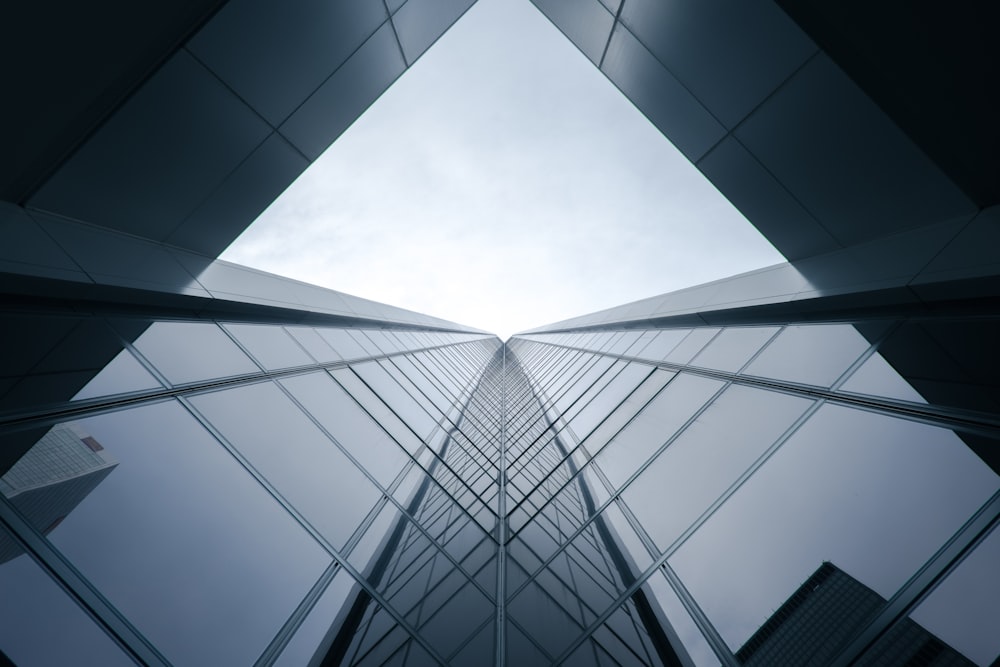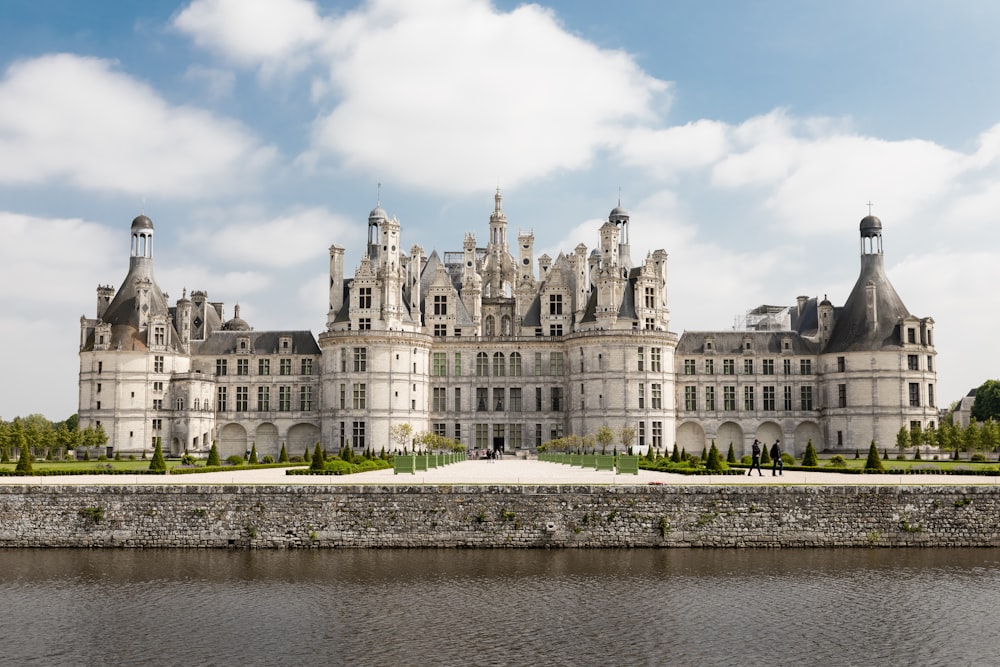Exploring Biomorphic Design in Architecture
In the world of architecture, a fascinating trend has emerged—one that draws inspiration from the natural world around us. This trend, known as biomorphic design, embraces organic forms, flowing lines, and fluid shapes to create structures that seem almost alive. Let’s delve into the realm of biomorphic architecture and discover the beauty of organic forms in design.
The Essence of Biomorphism
At its core, biomorphic design seeks to mimic the shapes, patterns, and systems found in nature. It goes beyond simply incorporating elements like plants and water features; instead, it aims to capture the essence of life itself. Think of the gentle curve of a leaf, the fluidity of a flowing river, or the intricate patterns of a seashell—all translated into architectural forms that evoke a sense of harmony and natural beauty.
Fluid Lines and Organic Shapes
One of the hallmarks of biomorphic architecture is its use of fluid lines and organic shapes. Instead of rigid, angular structures, buildings designed in this style feature curves, twists, and undulating forms. These elements not only create visually stunning facades but also enhance the overall sense of movement and flow within a space.
Inspiration from Nature
Nature serves as the ultimate muse for architects exploring biomorphic design. Everything from the graceful arc of a bird’s wing to the intricate patterns of tree branches can spark ideas for innovative architectural creations. By studying the way nature functions and adapts, architects can infuse their designs with a sense of vitality and resilience.
Materials in Harmony with the Environment
Biomorphic architecture often emphasizes the use of sustainable, eco-friendly materials. From recycled wood to natural stone, these materials not only reduce the environmental impact of construction but also blend seamlessly with the surrounding landscape. The goal is to create buildings that feel like a natural extension of their environment, rather than imposing structures upon it.
Creating Dynamic Spaces
Another key aspect of biomorphic design is its focus on creating dynamic, interactive spaces. Buildings are no longer static entities but living, breathing structures that respond to their inhabitants and surroundings. This can be seen in the incorporation of green spaces, flexible layouts, and interactive elements that invite people to engage with the architecture on a deeper level.
Biomorphism in Interior Design
The influence of biomorphic design extends beyond the exterior of buildings and into their interiors. Here, we see the use of organic shapes in furniture, lighting fixtures, and even the layout of rooms. Curved seating arrangements, flowing countertops, and nature-inspired textures all contribute to creating spaces that feel inviting, calming, and harmonious.
Embracing Complexity and Diversity
In nature, we find a wealth of complexity and diversity, and biomorphic architecture seeks to emulate this richness. Buildings designed in this style often feature layers of intricate detail, overlapping forms, and a sense of depth that invites exploration. Every angle reveals a new perspective, encouraging people to engage with the architecture on a sensory level.
The Human Connection
Ultimately, biomorphic design is about creating spaces that resonate with the human spirit. These are places where people feel a deep connection to the natural world, where they can find solace, inspiration, and a sense of wonder. By blending the best of nature’s design with human ingenuity, biomorphic architecture offers a glimpse into a harmonious and sustainable future.
A Symphony of Form and Function
In the world of architecture, biomorphic design stands out as a celebration of life, diversity, and the interconnectedness of all things. It invites us to reimagine the built environment as a living, breathing ecosystem—one that not only sustains us but also inspires us to live in harmony with the world around us. As we explore the possibilities of biomorphic architecture, we discover a symphony of form and function, where every curve, line, and shape tells a story of nature’s boundless creativity. Read more about biomorphic architecture

:max_bytes(150000):strip_icc()/GettyImages-1084171152-8445a490b5894f0a9bb588dbfc2ac22d.jpg)











